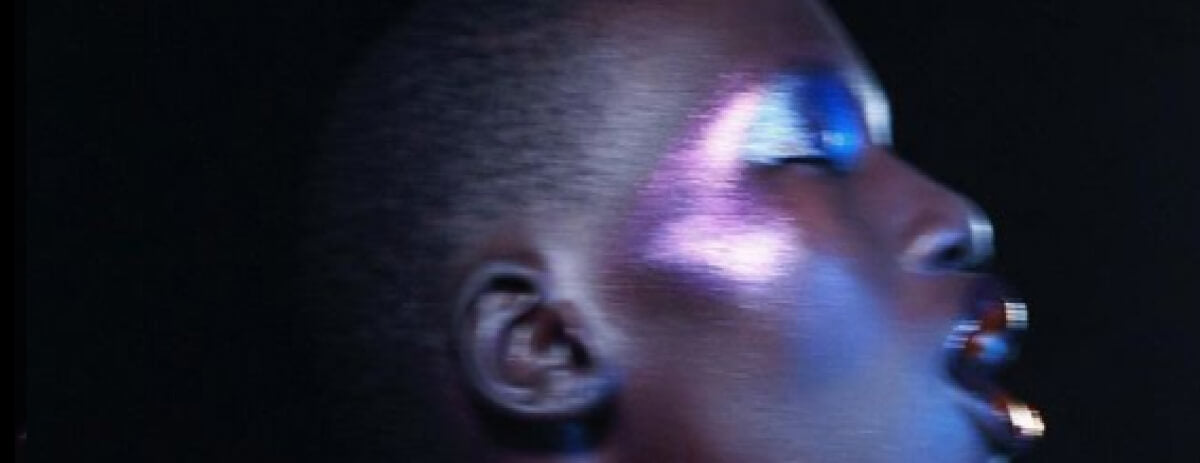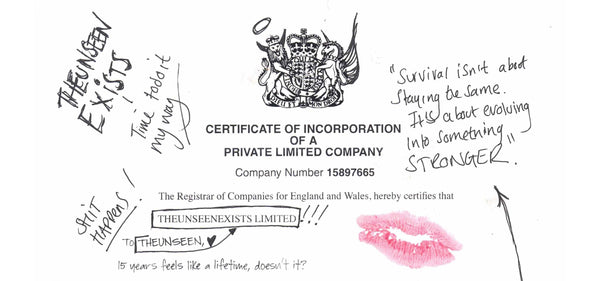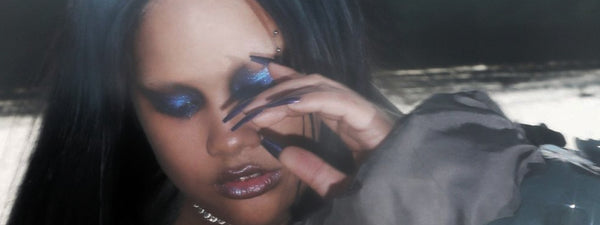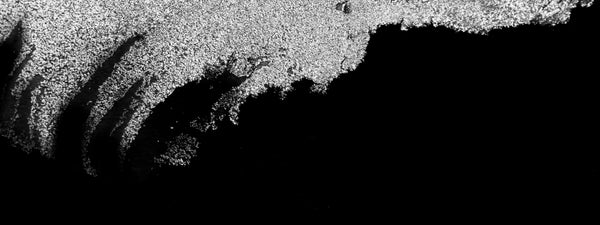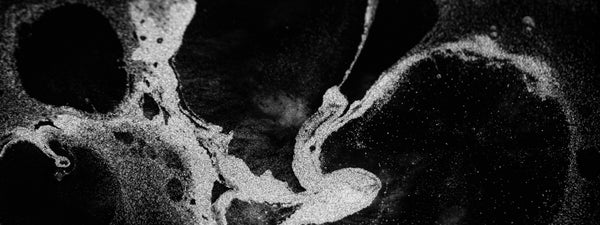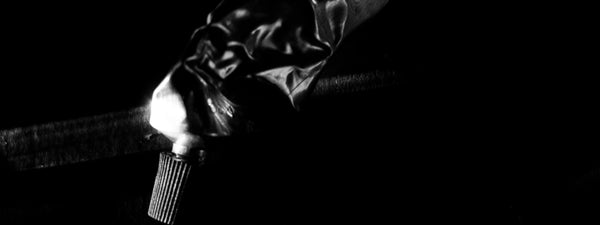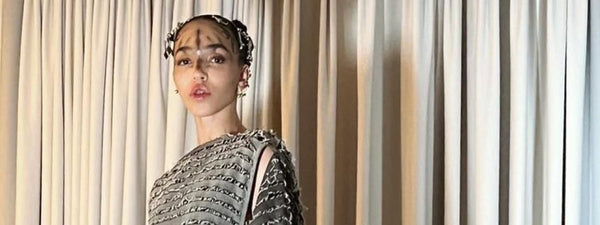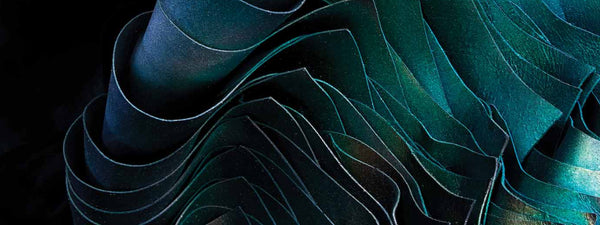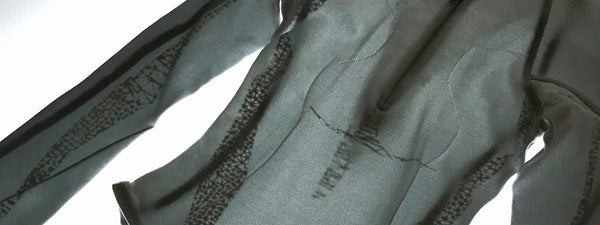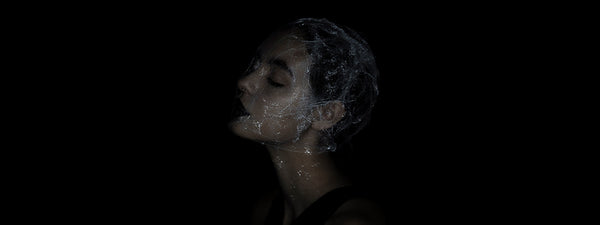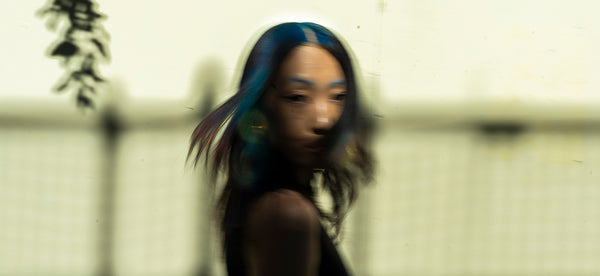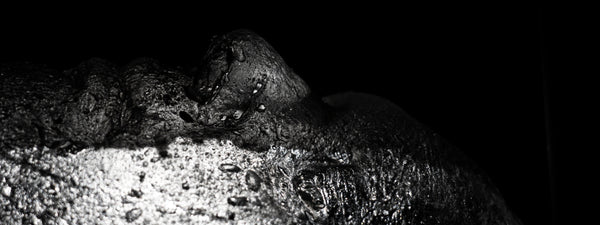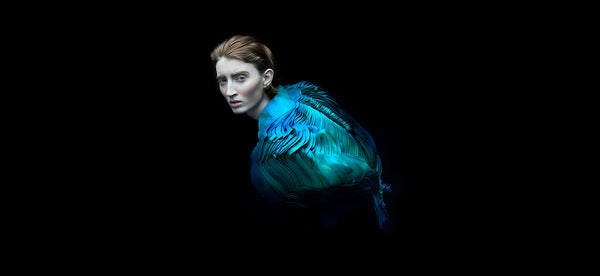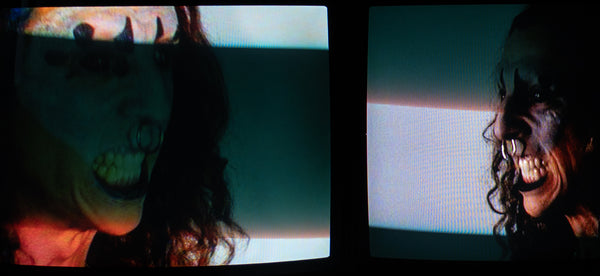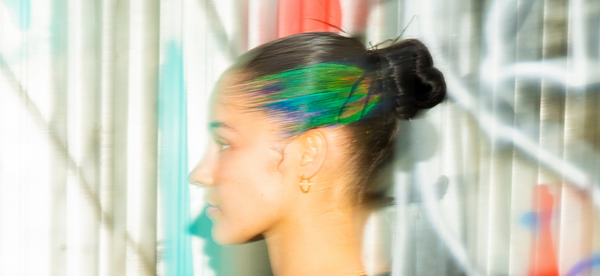We recently collaborated with London-based, makeup & prosthetics artist Jordan Glancy. @_jordanfx_ has years of experience when it comes to bringing to life the weird and wonderful. Having worked with clients such as Isamaya Ffrench, Paco Rabanne, Burberry and Ciaté on exciting campaigns.
We spoke to Jordan about her thoughts on unconventional beauty, her sources of inspiration and the process of creating prosthetics.
Q: As an artist you've worked on an incredibly broad spectrum, from otherwordly looks to editorial aesthetics, how do you find balance between the two?
Jordan: I suppose I love combining the two to create something completely unique. I also love trying new concepts and designs, from simple clean beauty to very complex prosthetics. It keeps things new and interesting and makes every day different and exciting.
Q: When it comes to prosthetics and creating looks that would otherwise be unseen, how and where do you find the imagination for shoots?
Jordan: I get my inspiration from everywhere. I read and collect a lot of art books, I love visiting galleries and museums and I love plants. I take photos all the time, close-ups of textures from nature or maybe a crack in the ground – or even a nice colour combination. It's very hard to create something unique when we are surrounded by so much content online, so I try and go back to basics and create little mood boards of colours, shapes and textures, then I find ideas and inspiration come naturally.
Q: Could you talk us through the mental and physical process of creating a prosthetic?
Jordan: Creating a prosthetic is a very lengthy process but is extremely satisfying if it end result works well. You start with an idea and then take a life cast of the model, making that into a plaster face. Once that's done, you can start sculpting your desired prosthetic pieces onto the lifecast. Once the sculpt is complete you mould the sculpt and then run it in silicone and cap plastic, (which is a blended edge) once cured, you can apply it to the model and paint. Depending on the size and amount, this can take weeks and weeks of prep. It's a lot of work to create silicone prosthetics, but so incredibly satisfying once your character has come to life.
Q: What's your favourite thing you've created?
Jordan: This is such a hard question for me! I love aspects of lots of different looks I've done, but I'm also always trying to figure out ways I can make it look better for next time. So, I would say my fav top three would be: the silicone Prada logo I made – I had to get the logo 3D printed by my partner, so I could mould it. It was also the first project me and my partner got to do together so that one will always be special. Then I love the alien we created for Paco Rabanne and also the gem spine I did just for fun.
Q: What about horror interests you?
Jordan: I've always loved horror, I remember sneaking into the cinema with my best friend to watch scary films when I was a kid. I love the element of surprise and I suppose I try to create an element of that in my work now.
Q: How do you feel about prosthetics and unconventionality/ ethereal, beauty or aesthetics coming into mainstream beauty?
Jordan: I love it. I'm always trying to push that boundary. I love alienesque beauty, something unconventional and ethereal. I love that this kind of beauty is becoming mainstream and making people question what beauty is. I hate that everyone just wants to look the same. I really don’t like that people just want to be clones of each other, where is the fun in that?
Q: What's one thing that's unseen that you'd like to see?
Jordan: I'd like to see more unusual beauty products with different textures and finishes. There are other things I'd like to see but I can’t tell you all my secrets, that would be spoiling the element of surprise...
